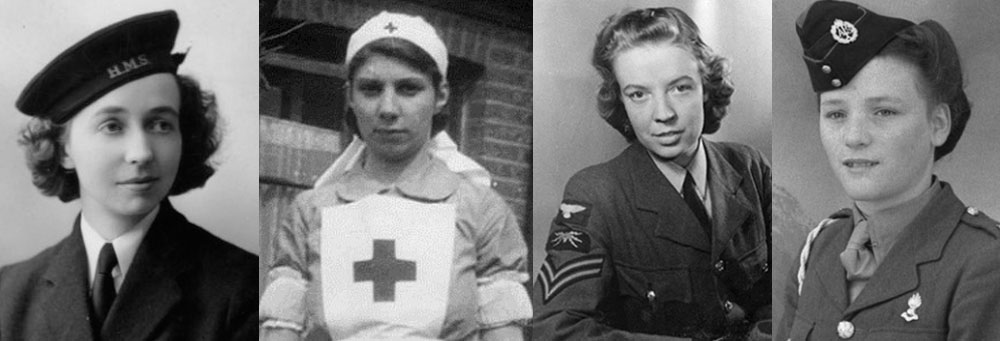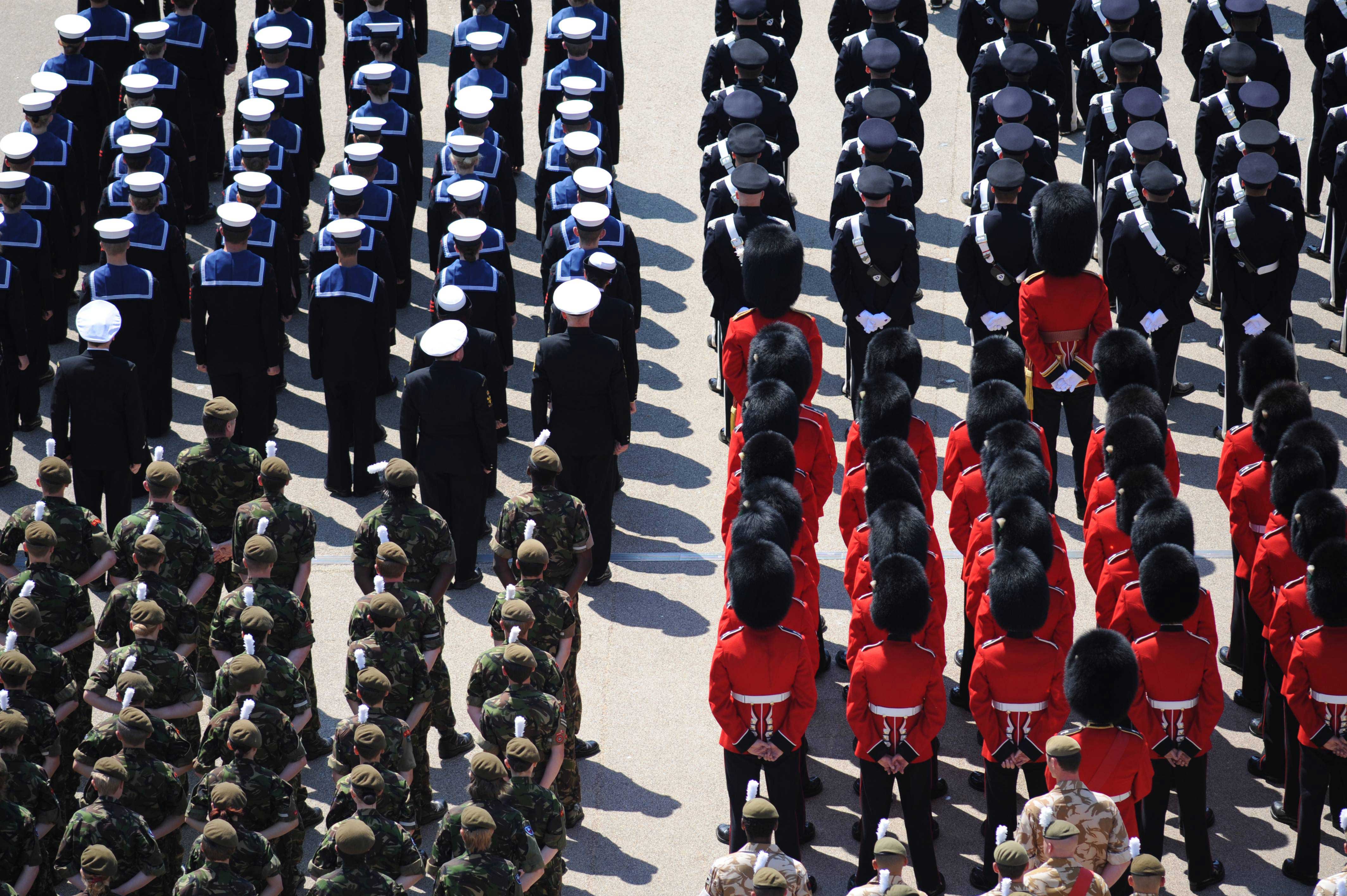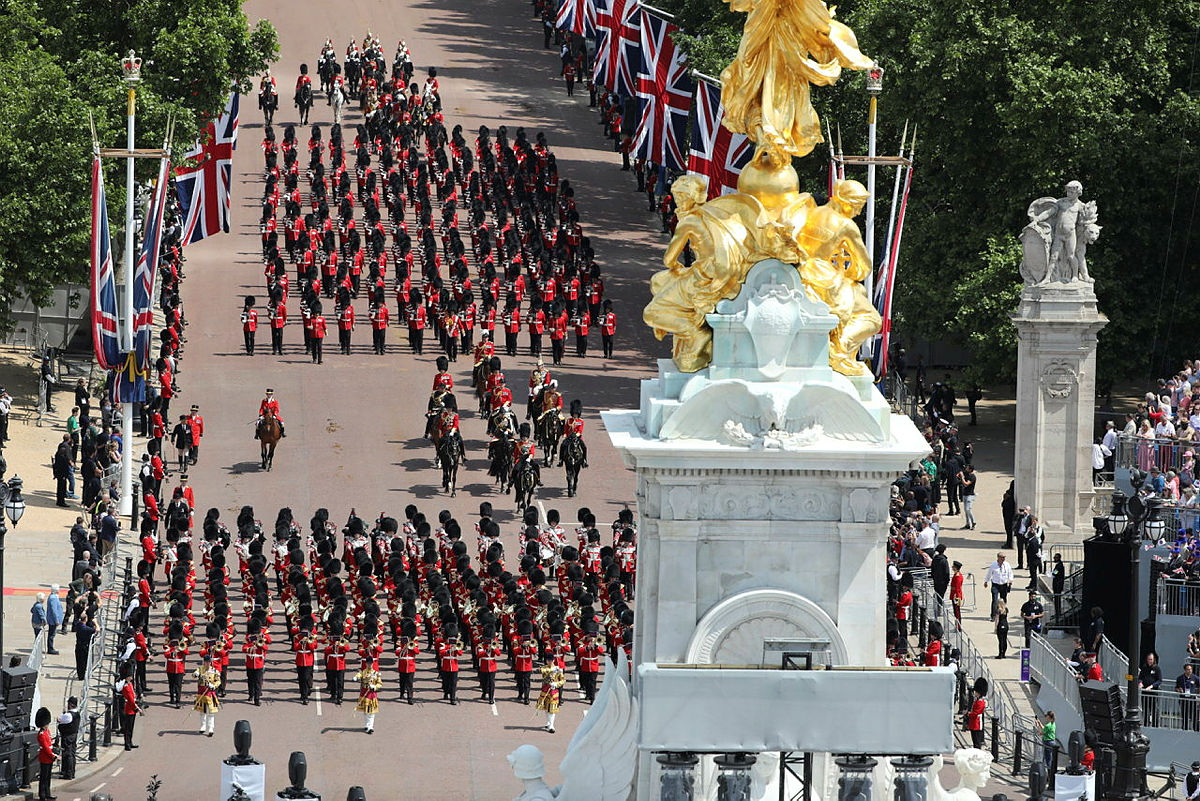Enlisting Poster WRENSThe Women’s Royal Naval Service (WRNS) was the first branch in the Armed Forces and Royal Navy made up solely of women and is officially known as the Wrens. The Wrens was first formed during the First World War in 1917 and standard jobs included cook, clerk, weapons analyst and range assessor. By the end of the First World War the Wrens had 5,500 members, of which 500 were officers. 2,000 of its members were transferred to the Royal Air Force (RAF). The Wrens were disbanded in 1919 after the end of the First World War.
Director Dame Katharine Furse joined the Voluntary Aid Detachment (VAD) in 1909. During the First World War she was chosen to be the head of the first VAD to be sent to France. In 1917 Katharine became the Director of the then, newly formed, Women’s Royal Naval Service. Katharine was awarded three service medals and became a Dame.
The Wrens were then revived during the Second World War in 1939 and their list of allowable activities included flying transport planes. Their recruiting slogans was ‘Join the Wrens – free a man for the fleet.’ At its peak the Women’s Royal Naval Services had 75,000 members, unfortunately 100 of those died during the First World War.
By 1993 the Wrens had been integrated into the Royal Navy and were allowed to serve on board a navy vessel as a full member of the crew. In October 1990, HMS Brilliant was the first shop to allow a woman to officially serve on an operational warship. Those that were nurses joined the Queen Alexandra’s Royal Naval Nursing Service (QARNNS).
Many of their jobs were dangerous and included the loading of torpedoes onto submarines and helping to plot the battle progress in operation rooms. They were also drafted into Bletchley Park where they were employed in supporting roles helping the Enigma code breakers. During the Second World War 303 WRENS were killed.
The Wrens uniform consisted of a double-breasted jacket and skirt, with a shirt and tie. The Wrens wore the same rank insignia as their male equivalents, but their lettering was blue instead of gold. Their sleeve curls were also a diamond shape instead of the usual circle.
Today, women in the Royal Navy serve in many roles. Some as pilots, air crew personnel and commanding officers of ships. Commander Sue Moore was the first woman to command a squadron of minor war vessels. Women are allowed to serve in the Royal Marines but not as RM Commandos.




